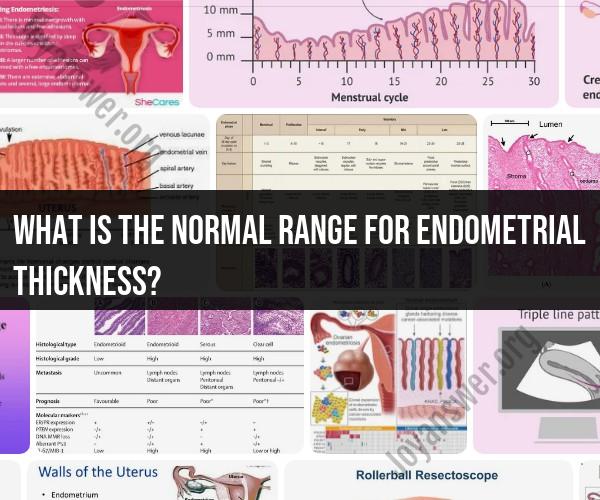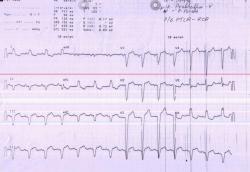What is the normal range for endometrial thickness?
The normal range for endometrial thickness can vary depending on various factors, including a woman's age, menstrual cycle stage, and hormonal status. Here are some general guidelines for the normal range of endometrial thickness:
Prepubertal Girls: In prepubertal girls (those who have not yet started menstruating), the endometrial lining is typically very thin, often measuring less than 5 millimeters (mm).
Reproductive-Age Women (During Menstrual Cycle): For reproductive-age women, the endometrial thickness varies throughout the menstrual cycle:
Early Menstrual Phase: During the early days of the menstrual cycle (days 1-5), the endometrial lining is usually thin, often less than 5 mm.
Mid-Cycle (Ovulation): Around the time of ovulation (typically around day 14 in a 28-day cycle), the endometrial thickness may start to increase but is still relatively thin, often less than 10 mm.
Late Menstrual Phase: After ovulation, in the late menstrual cycle (days 15-28), the endometrial thickness continues to increase under the influence of the hormone progesterone. It can vary but is generally less than 16 mm.
Postmenopausal Women: In women who have gone through menopause and are no longer menstruating, the endometrial thickness should be very thin, often less than 5 mm. A thicker endometrium in postmenopausal women may raise concerns and require further evaluation.
Hormonal Factors: The use of certain hormonal medications, such as hormone replacement therapy (HRT), can influence endometrial thickness. In such cases, the range of normal thickness may differ.
It's important to note that these are general guidelines, and individual variations can occur. Additionally, specific medical conditions, such as endometrial hyperplasia or endometrial cancer, can lead to abnormal thickening of the endometrium, which may require further evaluation and medical management.
The measurement of endometrial thickness is typically done using transvaginal ultrasound, which provides a non-invasive way to assess the thickness of the endometrial lining. If there are concerns about abnormal bleeding, fertility issues, or other gynecological problems, a healthcare provider may use ultrasound or other diagnostic tests to measure the endometrial thickness and assess the uterine lining's health.
Any significant deviations from the normal range may prompt further evaluation or treatment as needed. Therefore, if you have specific concerns about your endometrial thickness, it is advisable to consult with a healthcare professional for a thorough evaluation and guidance.













